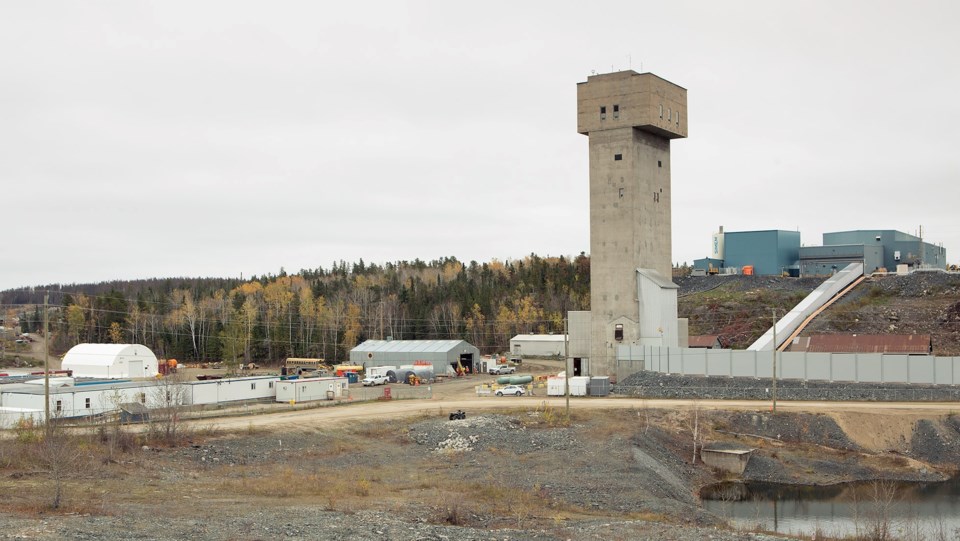The former management team and underwriters of a collapsed Red Lake gold mining company are being held to account by out-of-pocket shareholders.
A proposed securities class action suit filed in the Supreme Court of British Columbia against the former directors and officers of Pure Gold Mining of Vancouver is being expanded to seeking compensation for damages and losses incurred from their investments in Pure Gold Mining.
They contend the gold company failed to properly disclose the true state of the company’s dire operational and financial predicament at its one and only mining asset in Red Lake. The company entered CCAA protection in October 2022 and was eventually sold to West Red Lake Gold Mines.
The proposed class action was filed in April 2022 to include investors who participated in share offerings in May and September 2021, and February 2022. It’s now been expanded to include those who invested in securities of Pure Gold between March 31, 2021 and Oct. 21, 2022 in both the primary and secondary market, according to KND Complex Litigation.
The defendants named in the class action are former president-CEO Darin Labrenz; former CFO Sean Tetzlaff; Mark O’Dea, a Pure Gold director; and Graeme Currie, director and board chair. Labrenz and Tetzlaff exited early in January 2022 as part of a corporate housecleaning.
Also named are mining financiers Sprott Capital Partners and a group of underwriters involved in raising a total of $54.3 million for the company on three separate occasions, between May 2021 and February 2022 through share offering and brokered private placements.
The Pure Gold Mine entered commercial production in August 2021 and within a year ran into gold production and cash problems, forcing the company to halt operations and enter CCAA protection in late October of 2022. The majority of the original operating workforce of 271 were handed pink slips with a skeleton crew left on duty for care and maintenance of the mine, mill and tailings storage area.
Most of the workforce were from Red Lake and the general area. About 100 contractors and mine service providers from the town and surrounding areas were also impacted.
Almost from the start of gold production, Pure Gold had been burning through money at an alarming rate.
In a startling admission during a 2022 web call with analysts and shareholders, the last management team at Pure Gold said their predecessors didn’t have a handle on the local geology and had started mining at the low-grade end of the deposit. This led to a number of downstream issues, delays, planning and operational missteps that put the company is a severe cash bind.
Sprott, the largest secured creditor, kept Pure Gold afloat with loans to stay solvent and later supported the company financially during the CCAA process.
Last May, the disgruntled shareholders contested the transfer of ownership of the mine to West Red Lake Gold Mines during the final court hearing of the CCAA process but a B.C. court judge allowed the sale to proceed.
The sale was structured around a reverse vesting order (RVO), a new and increasing popular tool in the CCAA process designed to keep distressed companies as ‘going concerns.’
This legal manoeuvre effectively wipes the slate clean for new ownership to move in, unencumbered. It also absolved Pure Gold’s former directors and officers from liability.
The RVO process was also used in the sale of Harte Gold to an Australian gold mining outfit in 2021.
RVOs allow the transfer of liabilities and unwanted assets out of the debtor companies — basically anything the purchasing company doesn’t want — into specially created residual companies (ResidualCos) which are then liquidated or placed into bankruptcy.
Shares of Pure Gold Mining were delisted from the TSX Venture Exchange last June.
Beyond the impacted shareholders, many others were left in the lurch when the mine was shuttered.
Dozens of mining contractors and service and supply companies were collectively owed $149.3 million, but they are categorized as unsecured creditors.




